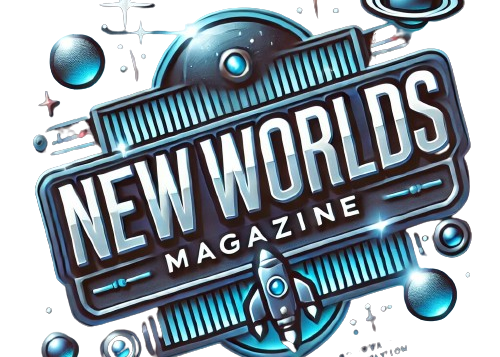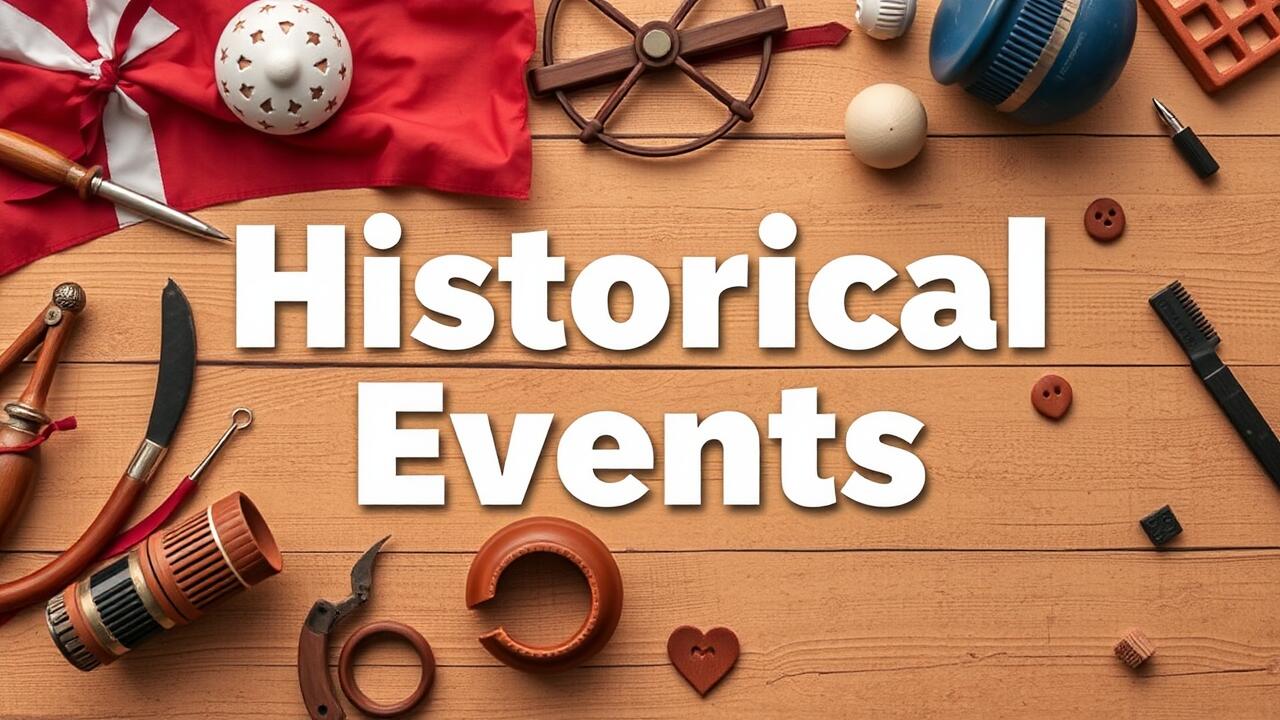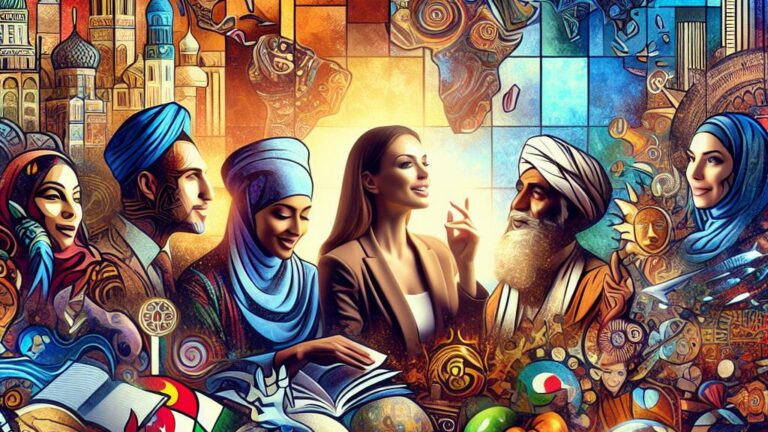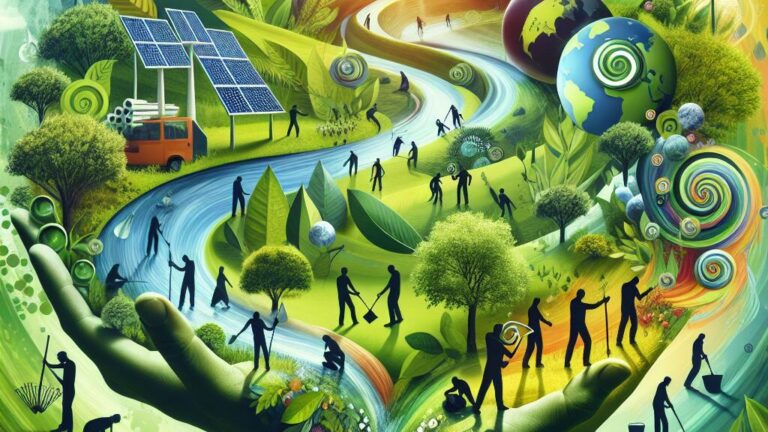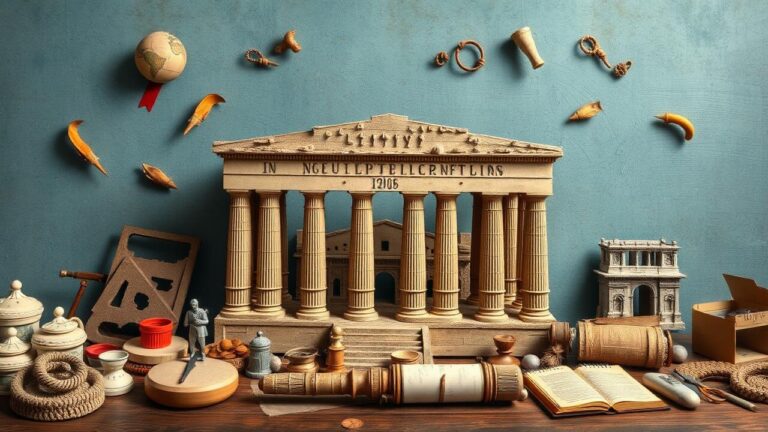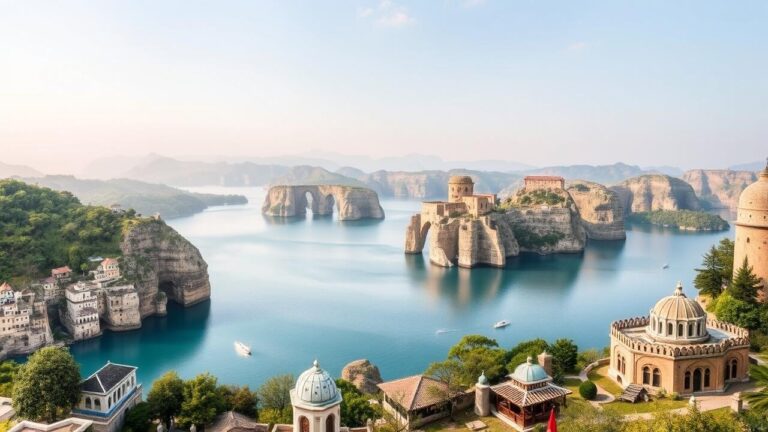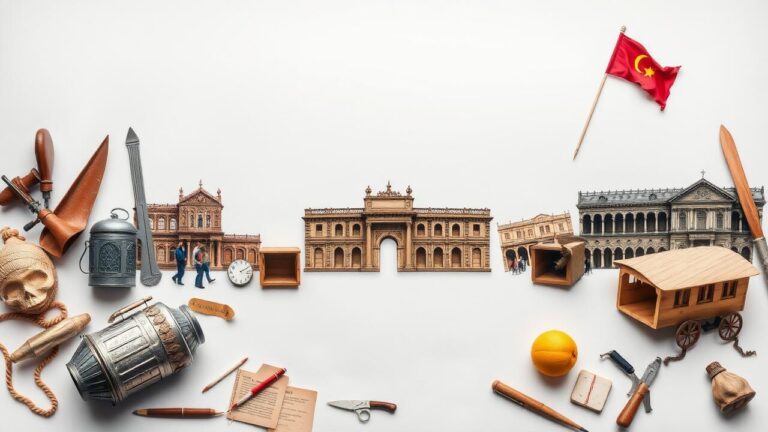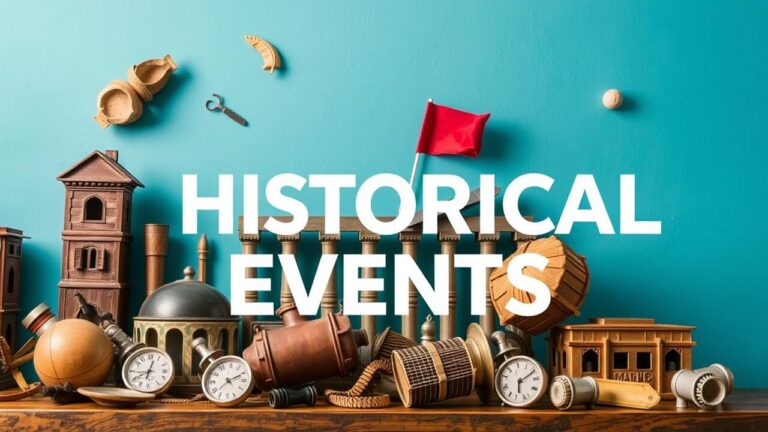Critically Acclaimed Historical Documentaries of the Decade
Over the last ten years, a striking surge of critically lauded historical documentaries has utterly transformed the realm of non-fiction storytelling. Take “13th,” for instance—a powerful piece helmed by Ava DuVernay that plunges into the tangled web of systemic racism in America. It ignites fervent national dialogues surrounding justice and equality. This film, alongside its contemporaries, masterfully intertwines meticulous research with stunning cinematic flair, rendering history not just accessible but irresistibly engaging for an expansive audience.
Then there’s “The Act of Killing,” an audacious gem that turns traditional narrative on its head by inviting former Indonesian death squad leaders to reenact their own horrifying deeds through wildly imaginative cinematic lenses. This chilling dive into memory and accountability stretches the limits of what we think a documentary can be. These films do more than entertain; they challenge us to rethink our understanding—provoking profound contemplation about historical narratives and their reverberations in today’s world.
Exploring Award-Winning Titles and Their Impact
Award-winning historical documentaries wield an extraordinary influence, capable of transforming our grasp of yesteryear. Titles that have snagged prestigious accolades plunge into the shadows of untold tales, offering fresh viewpoints on events we thought we knew so well. By marrying meticulous research with imaginative storytelling, these films capture not just the attention of critics but also resonate with a diverse audience hungry for historical insight. They become essential educational resources, unraveling intricate topics and making them digestible for viewers from all walks of life.
Yet their impact reaches far beyond mere entertainment; they ignite fervent discussions around the narratives that shape our understanding of history. Many documentaries prompt audiences to reassess their own viewpoints and dive deeper into inquiry—spurring community screenings, enriching educational programs, and igniting lively debates across social media platforms. In this way, they nurture a more enlightened public while encouraging critical engagement with how history is crafted and conveyed.
| Documentary Title | Award(s) | Year Released | Key Focus |
|---|---|---|---|
| 13th | NAACP Image Award | 2016 | The intersection of race, justice, and mass incarceration in the United States |
| Won’t You Be My Neighbor? | Chicago Film Critics Association Award | 2018 | The life and legacy of Fred Rogers and his impact on American culture |
| Making a Murderer | Primetime Emmy Award | 2015 | The story of Steven Avery and the flaws within the American criminal justice system |
| O.J.: Made in America | Academy Award for Best Documentary Feature | 2016 | The life of O.J. Simpson, examining race, celebrity, and the justice system in America |
The Importance of Authenticity in Historical Documentaries
Authenticity stands as a pivotal pillar in the intricate tapestry of historical documentaries, wielding profound influence over viewer trust and engagement. When filmmakers dare to weave accurate depictions of bygone events into their narratives, something magical occurs—a deeper bond forms between the screen and its audience. Those documentaries anchored in meticulous research resonate with an almost magnetic pull, inviting viewers to navigate the labyrinthine complexities of history while unraveling the significance layered within.
Yet beware! Misinformation or sensationalist dramatizations can spiral into public confusion, casting shadows over understanding—this reality brings to light the weighty responsibility resting on the shoulders of documentary creators.
But authenticity isn’t merely about parading cold hard facts; oh no! It delves into the rich tapestry woven from diverse perspectives belonging to those who lived through these historical moments. Documentaries that embrace this multiplicity not only enrich their storytelling but also cultivate a more holistic grasp of our shared past. By showcasing varied voices and viewpoints, filmmakers pay homage to history’s intricate realities—inviting audiences to appreciate its many facets. This depth of authenticity does more than elevate narrative quality; it sparks critical thinking among viewers, igniting curiosity like fireflies dancing in twilight’s glow.
Balancing Entertainment and Accuracy
Historical documentaries dance on a tightrope, teetering between the captivating allure of storytelling and the unwavering demand for factual integrity. Audiences don’t just want to absorb knowledge about pivotal moments; they crave entertainment, an experience that ignites their imagination. Yet this duality can ensnare filmmakers in a web of challenges—after all, when does dramatic embellishment tiptoe into the territory of distortion? The risk looms: misrepresenting history could lead viewers astray.
Navigating this intricate landscape requires documentarians to wield creativity like a double-edged sword. Choices made in crafting narratives can sometimes obscure the stark lines separating reality from artistic interpretation. Some producers dive headfirst into dramatic reenactments or stylized representations, aiming to elevate engagement levels and pull viewers deeper into the story’s fabric. However, such methods spark ethical dilemmas concerning historical authenticity—a precarious balancing act indeed! As these storytellers embark on their journey through time, they must juggle educational goals with an unwavering commitment to honoring the truths encapsulated within those significant events portrayed on screen.
How Historical Documentaries Engage Diverse Audiences
Historical documentaries wield a remarkable power, an almost magnetic pull that captivates diverse audiences through their intricate tapestry of storytelling and factual richness. Picture this: individuals from myriad demographics—varying in age, culture, and experience—discover narratives that resonate with their own interests or perhaps upend their longstanding perceptions. It’s the character-driven plots that hook viewers; it’s those striking visuals paired with themes so relatable they make history feel like a conversation rather than a lecture. This expansive appeal is vital—it cultivates a shared understanding of the events that weave together our collective past.
But wait! The engagement doesn’t stop there; it flourishes through interactive formats and the vibrant digital landscape surrounding these films. Many productions extend an invitation to explore further via podcasts, articles, and lively discussions—all designed to peel back layers on the topics presented on-screen. Social media platforms become bustling hubs where fans exchange insights, share experiences, and forge connections over common interests—a community united by curiosity! This dynamic approach not only amplifies the reach of historical narratives but also fosters deeper appreciation and scrutiny of bygone events, rendering history both accessible and profoundly relevant for everyone involved.
Understanding Viewers’ Perspectives and Interests
Audiences step into the realm of historical documentaries with a kaleidoscope of interests, intricately woven by their unique backgrounds, educational journeys, and personal narratives. Some viewers dive headfirst into the depths of specific events or notable figures—like explorers hunting for treasure—while others meander through expansive landscapes that link disparate eras together in surprising ways. Age and cultural context swirl around these preferences like colors on an artist’s palette; younger generations might lean toward stories that amplify diverse narratives and shine a spotlight on voices often hidden in the shadows, whereas their older counterparts may find comfort in traditional tales anchored to time-honored milestones.
But it’s not just what’s being told—it’s how it unfurls before our eyes that shapes engagement. An analytical mind craves meticulous research and solid sourcing—a feast for the intellect! Meanwhile, others are drawn more towards emotional currents or gripping storytelling arcs that tug at the heartstrings. The infusion of graphics, candid interviews, and dramatic reenactments adds tantalizing layers to the narrative fabric. To capture a wide-ranging audience is no small feat; it demands an artful dance between unwavering factual integrity and captivating narrative allure—crafting an experience where historical significance resonates deeply within us all while also sparking curiosity about our shared past.
The Evolution of Historical Documentary Techniques
Oh, the world of documentary techniques—what a fascinating evolution it has experienced! Gone are the days when storytelling was confined to rigid frameworks and static imagery, draped in a heavy cloak of narration. Now? A dazzling array of innovative approaches bursts forth, capturing the attention of contemporary audiences like never before!
In the early days, documentaries often felt like lectures wrapped in visuals: interviews stitched together with still images aimed at delivering messages that might have otherwise slipped through our fingers. But oh, how times have changed! With leaps in technology that feel almost magical, filmmakers today leap into a kaleidoscope of formats. Picture this: dynamic visuals swirling around us, first-hand accounts weaving tales as if pulled from the fabric of reality itself—immersive storytelling techniques that grip you by your very soul!
And let’s not overlook these modern tools—they’re nothing short of revolutionary for delving deep into historical events. Imagine high-definition cinematography slicing through time; aerial shots soaring above landscapes; CGI reconstructing moments long past with an artistry that makes history breathe again! Documentaries now whisk viewers away on journeys across different eras, offering glimpses into contexts rich with complexity and nuance.
This transformation doesn’t merely enhance viewer engagement—it elevates entire narratives to heights previously unimagined. Each story becomes not just told but lived; each experience resonates more profoundly than ever before. It’s not merely about watching anymore—it’s about feeling every heartbeat echo throughout history’s corridors!
From Traditional Formats to Modern Storytelling
The landscape of historical documentaries has undergone a remarkable metamorphosis, morphing from the staid confines of traditional formats into vibrant, contemporary storytelling realms. Remember when documentaries were laden with monotonous voiceovers and static images? Those days are fading—back then, lengthy interviews seemed to prioritize dry facts over any semblance of engagement. But as filmmakers began to chase broader audiences like butterflies in a summer field, they ventured into uncharted waters: dynamic visuals splashing across the screen, narrative structures twisting and turning like rivers through valleys, and personal stories weaving themselves into the very fabric of history—stories that tug at heartstrings and resonate on profound emotional planes.
This transformation doesn’t merely stop at surface-level embellishments; modern storytelling techniques plunge deeper. They dive into thematic explorations and character arcs that elevate historical figures from mere names etched in timelines to relatable souls grappling with their human experiences. By zooming in on individual narratives or those game-changing moments—the ones that make you gasp or nod knowingly—filmmakers forge an intimate bond between viewers and the past itself. It’s not just about recounting events anymore; it’s about inviting reflection on grander historical implications that ripple throughout our collective consciousness.
And let’s not overlook those innovative filming techniques! The breathtaking sweep of drone footage soaring above historic landscapes or reenactments breathing life back into bygone eras—they serve as powerful tools enhancing this whole experience. Suddenly, history isn’t just relegated to dusty books—it bursts forth onto screens, accessible and engaging for everyone who dares step inside its rich tapestry!
The Influence of Technology on Historical Documentaries
Oh, how the landscape of historical documentaries has been flipped on its head by the relentless march of technology! Filmmakers today wield an arsenal of high-definition cameras, soaring drones that dance through the skies, and sophisticated editing software that can turn raw footage into visual feasts. With these tools at their fingertips, they capture stunning visuals that draw viewers in like moths to a flame—infusing historical events with a richness and detail that keeps eyes glued to screens. But it doesn’t stop there! Enter motion graphics and animation—a dazzling duo breathing life into narratives long past, making even the most intricate topics accessible to audiences far and wide.
And then there’s virtual reality (VR), bursting onto the scene as a game-changer in immersive storytelling. Imagine stepping right into pivotal moments from history—the thrill is palpable! This first-person perspective doesn’t just tickle curiosity; it taps deep into emotional wells, forging connections between viewers and bygone eras that traditional methods simply can’t match. As this tech revolution unfolds before our very eyes, who knows what thrilling pathways await us? The future beckons with promises of dynamic storytelling experiences where exploration isn’t merely passive but vibrantly interactive!
Virtual Reality and Its Role in Immersive Experiences
Virtual reality has completely shaken up the way we dive into historical narratives, turning them on their head! Picture this: audiences plunged into 360-degree realms that transport them to significant events and iconic places—it’s like time travel without the flux capacitor. Imagine wandering through ancient ruins that whisper secrets of the past or standing at the crossroads of pivotal moments in history, feeling as if you’re right there amidst it all. You could even engage with historical figures, forging emotional connections that leap off the screen and grab hold of your heart. This kind of immersion? It’s a game changer; traditional formats can hardly keep pace!
But wait, there’s more! The infusion of virtual reality into historical documentaries isn’t just about observing—it kicks open doors to interactive storytelling galore! Viewers are no longer mere spectators—they’re decision-makers on a journey tailored to their unique curiosities. Choices abound, paths twist and turn; it’s an exhilarating shift from passive consumption to active exploration and learning. And as technology catapults forward with dizzying speed, who knows what future wonders await? The horizon for virtual reality in enhancing our understanding of history seems almost limitless—an adventure waiting to unfold!
- Virtual reality allows users to experience historical events as if they are actually present.
- It provides a unique opportunity to explore ancient civilizations and landmarks in an interactive manner.
- Viewers can engage with virtual historical figures, creating deeper emotional connections and understanding.
- The technology enhances learning by allowing users to make choices that affect their narrative experience.
- Immersive experiences can cater to individual interests, making history more relatable and engaging.
- The potential for future advancements in virtual reality could lead to even more revolutionary ways to experience history.
- Incorporating VR in education could transform how history is taught and understood in classrooms.
Conclusion
Historical documentaries persist as pivotal vessels in molding our collective grasp of yesteryear. With a blend of meticulous research and imaginative storytelling, filmmakers craft narratives that not only enlighten but also ignite deep conversations about pivotal events and influential figures from days gone by. Their knack for captivating audiences across a spectrum of ages and backgrounds underscores the necessity of weaving history into the fabric of modern societal issues.
As technology leaps forward, it unfurls an array of fresh avenues for presenting these historical tales. Innovations in visual effects, soundscapes, and even immersive virtual reality are revolutionizing how we experience history. By intertwining entertainment with education, these documentaries breathe life into the past, ensuring its relevance endures while kindling curiosity in future generations eager to glean wisdom from what has come before.
FAQS
What are some critically acclaimed historical documentaries from the past decade?
Over the last ten years, a dazzling array of critically lauded historical documentaries has emerged. Titles such as “13th,” an incisive examination of race and justice; “Won’t You Be My Neighbor?” which tenderly unfolds the legacy of Fred Rogers; and “The Act of Killing,” a chilling exploration into the minds behind atrocities, have not only racked up awards but also sparked vital conversations in society.
Why is authenticity important in historical documentaries?
Authenticity stands as a cornerstone in historical documentaries—it’s what transforms mere storytelling into powerful truth-telling. An accurate representation ensures that viewers encounter history’s complexities rather than diluted or distorted narratives. This fidelity to fact shapes how audiences perceive our shared past, forging connections to reality that resonate deeply.
How do historical documentaries engage diverse audiences?
Historical documentaries weave intricate tapestries that captivate diverse audiences by diving into topics rich with cultural significance and social relevance. By embracing myriad storytelling techniques—from personal anecdotes to sweeping overviews—they invite spectators from all walks of life to find something meaningful within their frames.
What are some modern storytelling techniques used in historical documentaries?
In this age of innovation, modern storytelling techniques breathe new life into historical narratives. Think immersive visuals that draw you right into pivotal moments; narrative arcs crafted with precision; interactive components inviting viewer participation! The blend of archival footage, expert interviews, and dramatizations creates an engaging symphony for those hungry for knowledge—and perhaps even enlightenment.
How is technology influencing the production of historical documentaries?
Technology is reshaping the landscape of documentary filmmaking like never before! With breakthroughs like virtual reality offering journeys through time and space alongside high-definition filming methods enhancing visual allure—these advancements cultivate richer experiences. They elevate both engagement and education while crafting pathways for understanding history unlike anything we’ve seen previously!
